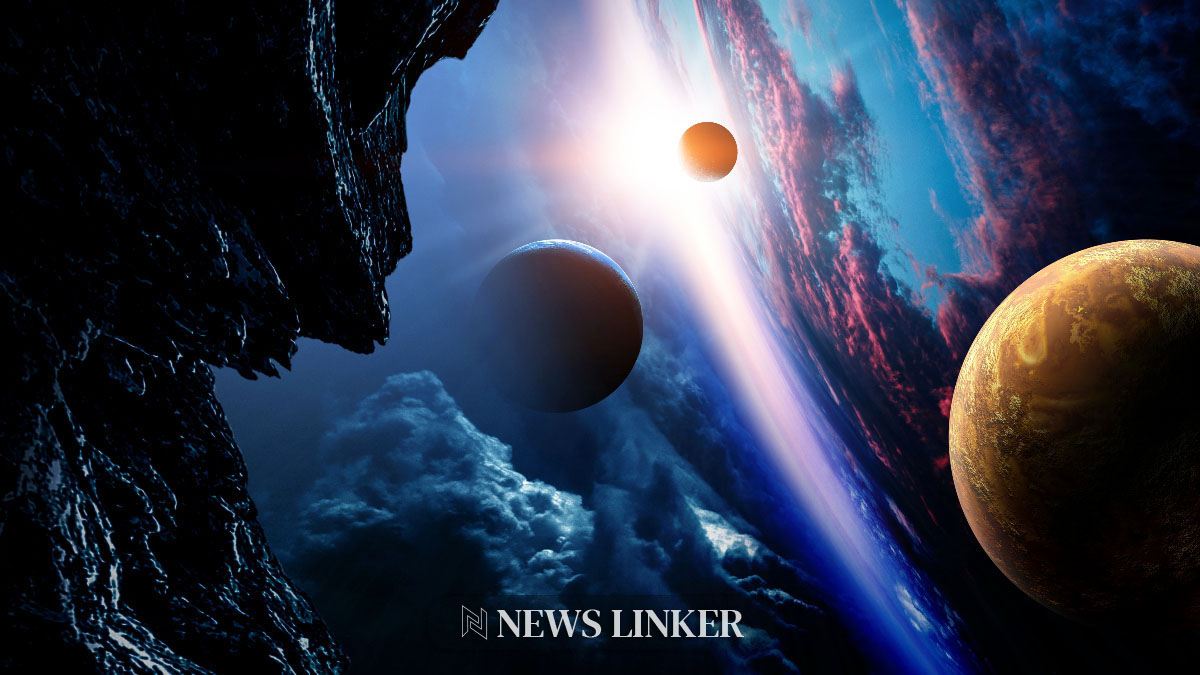The existence of moons orbiting exoplanets, or exomoons, remains a topic of debate in the astronomical community. Initial evidence for such moons around Kepler-1625b and Kepler-1708b was presented in 2017, with the expectation that the Hubble Space Telescope would provide confirmation.
The Challenge of Confirming Exomoons
Subsequent analysis by researchers Heller and Hippke, published in Nature Astronomy, challenged the initial findings, suggesting that the data did not support the presence of exomoons. They cast doubt on both the exomoons around Kepler-1625b and Kepler-1708b, based on their reevaluation of the data.
In response, a team that includes some of the original 2017 study’s authors, David Kipping and Alex Teachey, disputed Heller and Hippke’s conclusions. They argued that the latter’s analysis discarded significant data and amplified noise, thereby obscuring the exomoon signals in the Hubble light curves.
Divergent Analytical Approaches
The challenge of detecting exomoons is underscored by the immense distances involved—the two exoplanets in question are thousands of light-years away. This makes the light curves, the primary evidence for exomoons, difficult to discern amidst the noise. The debate illustrates the complexity of analyzing such faint signals and the varying methodologies employed by different research teams.
Kipping and Teachey have critiqued Heller and Hippke’s handling of the data, particularly in the process of detrending, which is crucial for identifying patterns such as those an exomoon would create. They have managed to recover the exomoon signals that Heller and Hippke claimed were non-existent.
While Kipping and Teachey acknowledge that the exomoon candidates might not be real, they maintain that the data shows substantial evidence in their favor. Their contention is that the exomoon signals persist in the data, despite the claims to the contrary by Heller and Hippke.










